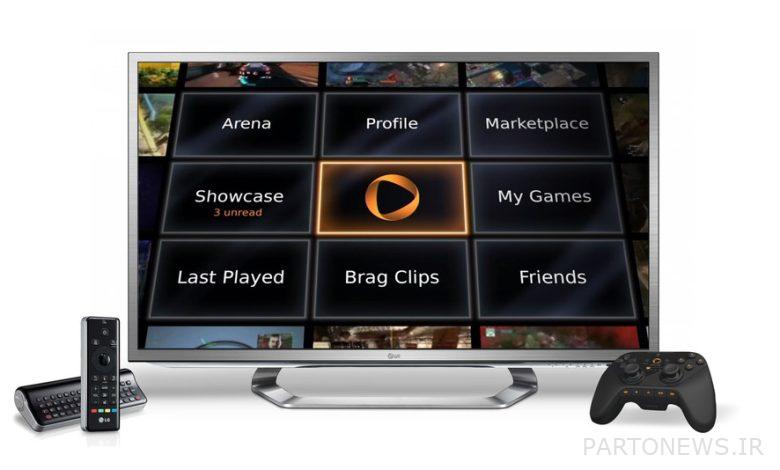OnLive, the abandoned world of computer games

In the startup environment, it is a habit to talk about successes to keep our hopes alive for the future, but it is a big mistake to forget the failures of the past and not benefit from the experiences of the past.
For this purpose, the Ecomotive team has collected the experiences of a series of failed startups, so that reviewing their failed stories may be a basis for the success of new startups in Iran’s startup community. This collection will be published and made available to the audience in the form of the story of failure. We review the tenth part of this series, which deals with the failure of OnLive startup.
OnLive was a company based in Mountain Valley, California and a provider of cloud visualization technologies. Its flagship product was a cloud gaming service that allowed users to rent or play demos of PC games without installing them on their devices. The games ran on the service provider’s servers instead of the client’s device. In this way, the user could play the game even with a device that was unable to play games due to weak hardware. Also, the ability to record the game and watch it was also available to the user. In this way, the games could be used on personal computers, mobile and tablet devices, smart TVs and game consoles for the OnLive company.
The monthly cost of using the service was $14.95. But in March 2010, the company’s CEO, Steve Perlman, announced the existence of the online game portal, which was a free way to access a trial or rental version of the game. September 2011 this service with participation British Telecom It also added social features to the game.
The live service received mixed reactions. Although some games don’t need to be installed for the trial version as well as the mode inner viewer They praised it, but some others questioned the input delay of some games and their quality, and as a result, they did not consider this service to be a perfect replacement for future users in the field of games, especially since the subscription of this service is generally more expensive than upgrading existing computers. had more
On-Live does not make good money. While it cost about 5 million dollars per month, users were not willing to pay for using this service. According to Perlman, the company took over thousands of servers that were sitting idle, and only 1,600 users worldwide were using the service at the same time. As a result, the initial optimism gradually faded because, despite the expectations, no success was achieved in the expected time.
One of the good products of the company, the game Homefront It was in the form of a first-person shooter and the company had counted on its success, but this game sold less than a thousand copies. The next step is to supply playback It was like Netflix, provided a set of games for $9.99 per month, but this was only welcomed by 12,000 users. The next solution is supply Micro console It was a $99 boxy set-top box with a wireless controller that was used exclusively for gaming. Although many people bought this product and the price of the device itself was not high, the other items in it and all the cables that the management insisted on putting in the product box raised the cost and made the company suffer.
In addition, Perlman did not have a good relationship with his employees and was known for not getting along with others. Like most of the company’s shareholders, he was not answerable to anyone.
In August 2012, Anliyo laid off all its employees and started the so-called “handover in favor of investors” procedure.
Finally, after several years of trying to survive the company, it was announced in April 2015 that Sony Computer Entertainment had bought the OnLive franchise and all services of this company were stopped until the end of April.
Study proposal
How do you rate this article?


